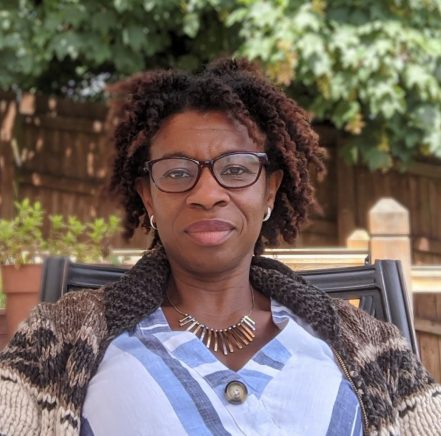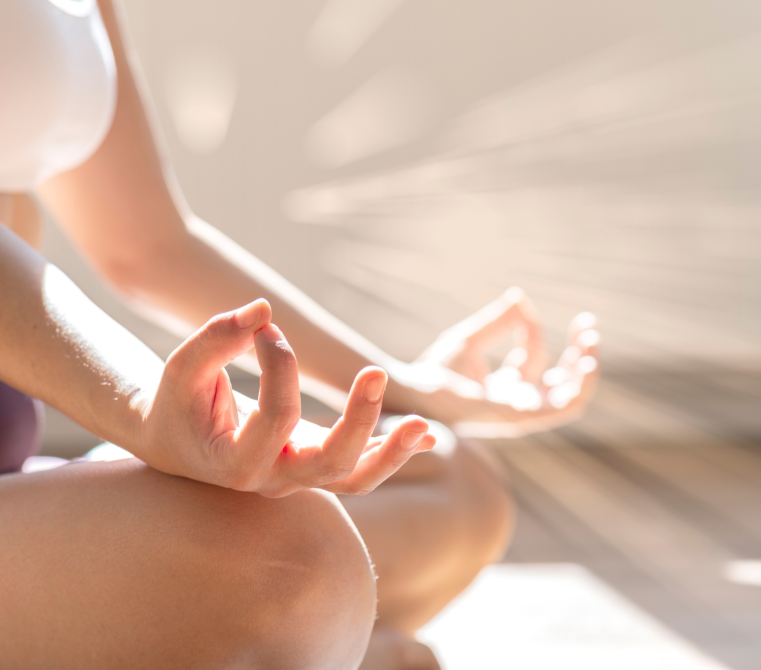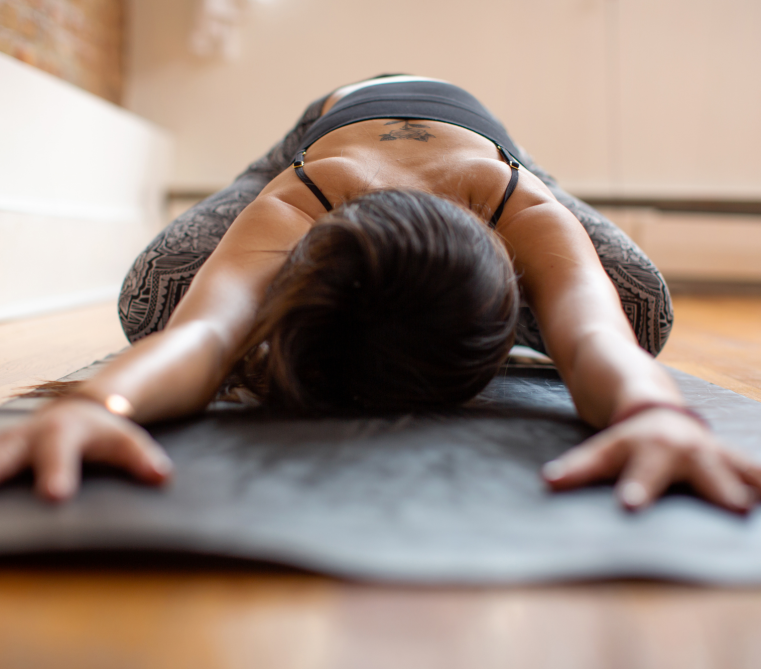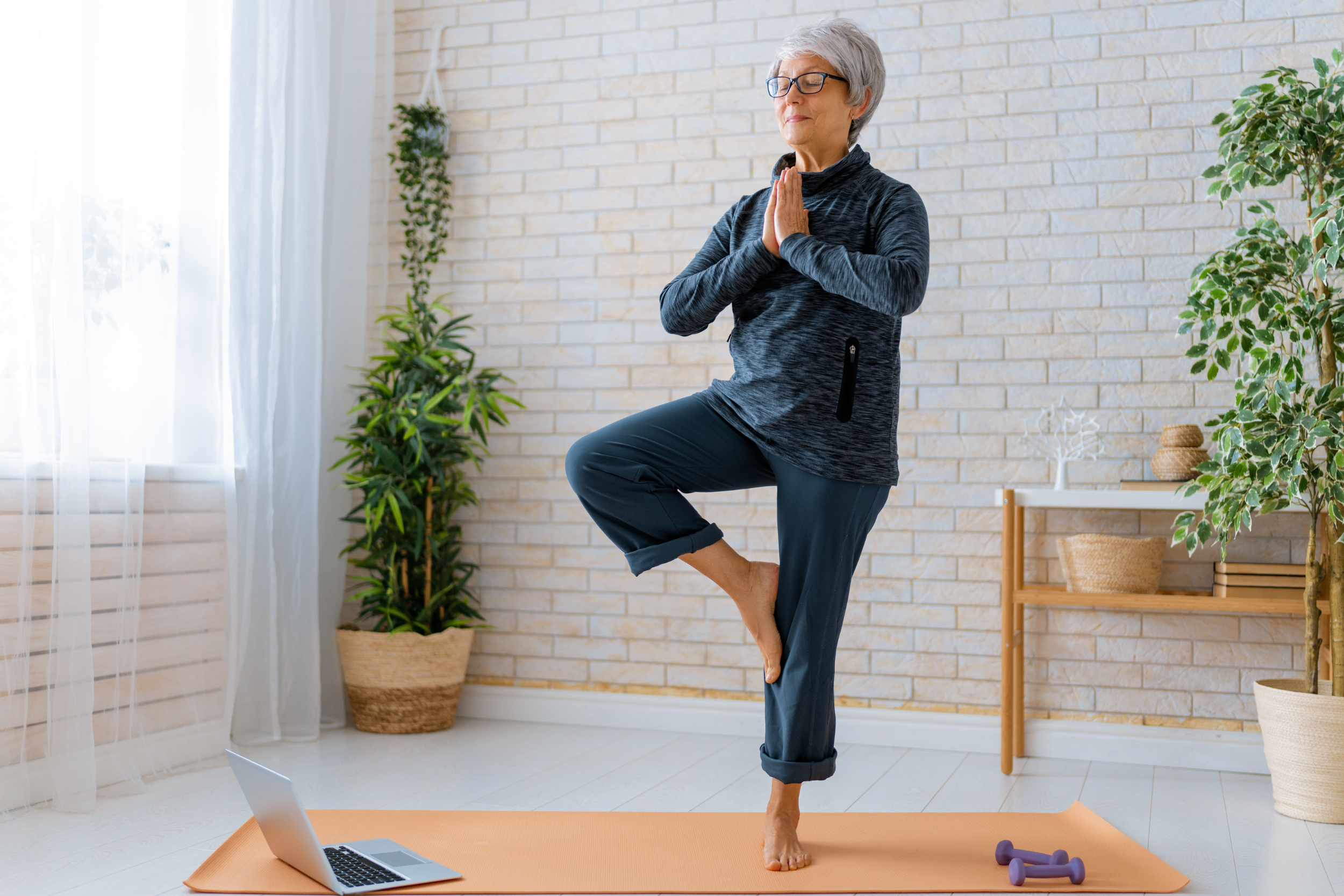Person-Centred Counselling
My person-centred therapeutic approach provides insight into and understanding of a person's relational development and world view. It is compassion-focused, client-centred and collaborative, where you are central to your unique therapeutic plan. Humanistic approaches create the conditions in which healing, growth and change may occur, using core conditions of empathy, congruence and unconditional positive regard that are at the heart of my work.
I work in a holistic way with the mind and body connection. As a qualified yoga teacher, where appropriate, I integrate techniques, including breathwork and guided meditation, to help you manage symptoms and create a space where you feel you can explore your body's cues safely. These techniques can also help to provide people with the space and mind-body connection that helps catalyse deeper self-exploration and discovery in talking therapy.


Yoga Therapy
I use a unique and truly holistic integrative approach to mind, body and soul, working alongside you to achieve balance on a physical, energetic, psychological and emotional level.
Yoga sessions, based on the Hatha style of yoga, are gently challenging, allowing you to focus on your unique experience as it presents itself in your mind and body at that moment. I incorporate the whole person and support a deep dive into your emotional life and patterns of thought and behaviour, to enable your insight and transformation. I might use a range of psychotherapeutic approaches (both talking and body-based techniques) combined with breath work, mindfulness, and yogic techniques to help re-balance and regulate your nervous system depending on what is best suited to your needs at each session.
Yoga focuses on posture and breathing techniques to channel vital energy sources. In Sanskrit, Hatha translates to force. The practice involves breath, body, and mind, and sessions include breathing, yoga breathing and meditation.
Breathing: Sessions start with a period of focus on your breath or pranayama. As you go through the poses, I will continue to remind you to focus on your breath and may offer different breathing exercises to try.
Poses: Yoga poses also called postures or asanas, are a series of movements that help improve balance, flexibility, and strength. Poses range in difficulty from laying flat on the floor to physically challenging positions. If a pose is too challenging, I will work with you to modify postures, to make them safe, and accessible for you.
Benefits of Yoga
- Anxiety and depression: Yoga can help relieve everyday anxiety and depressive symptoms, however, it may not be effective for clinically diagnosed mental health conditions.
- Balance: Yoga helps to improve physical and emotional balance
- Emotional health: Yoga has a positive impact on mental health and was shown to have benefits of improving resilience or general mental well-being.
- Sleep: Yoga can improve sleep quality and duration.
- Stress management: Yoga was shown to improve physical or psychological measures related to stress.

Menopause Yoga
Yoga is scientifically proven to reduce stress and inflammation, which exacerbates many menopause symptoms such as anxiety, hot flushes, joint and muscle pain. Yoga helps manage the physical and psychological symptoms that many women experience during the transition from perimenopause to menopause. It can also improve your long-term physical and mental health in post menopause when the depletion of oestrogen can lead to osteopenia and osteoporosis (brittle bones), sarcopenia (muscle loss), and the risk of cardiovascular disease. As women are now living longer, yoga can help retain muscle flexibility, general mobility and balance which we need to avoid potentially dangerous falls.


Restorative Yoga
Restorative yoga is a restful practice that encourages you to slow down and open your body through passive stretching. Restorative yoga is a completely different experience than most other styles of yoga - it holds yoga poses or asanas for a longer duration using props like yoga blocks, blankets, and bolsters. A practice of deep relaxation it emphasises the meditative aspect of yoga—the union of body and mind. When your body enters a state of relaxation, your mind can also consciously relax as tension melts away. The only work required during a restorative yoga practice is to pay attention to your breath, become aware of any sensations or thoughts that may arise, and then gently release them.